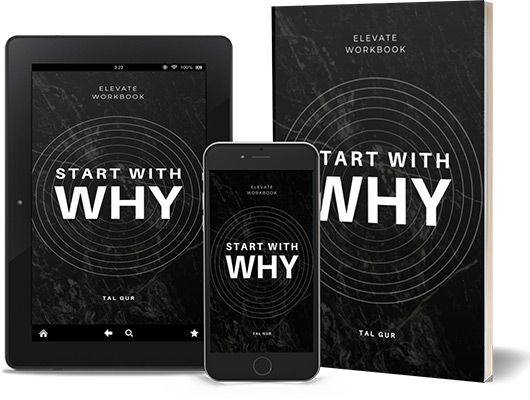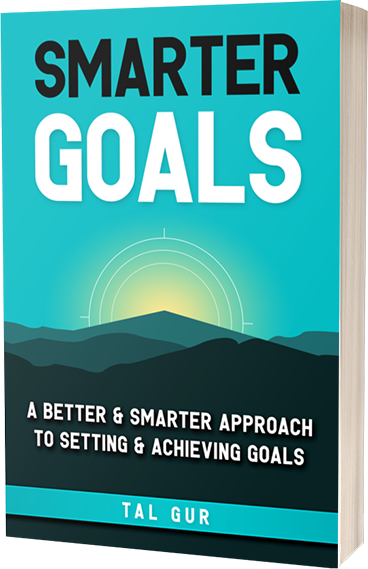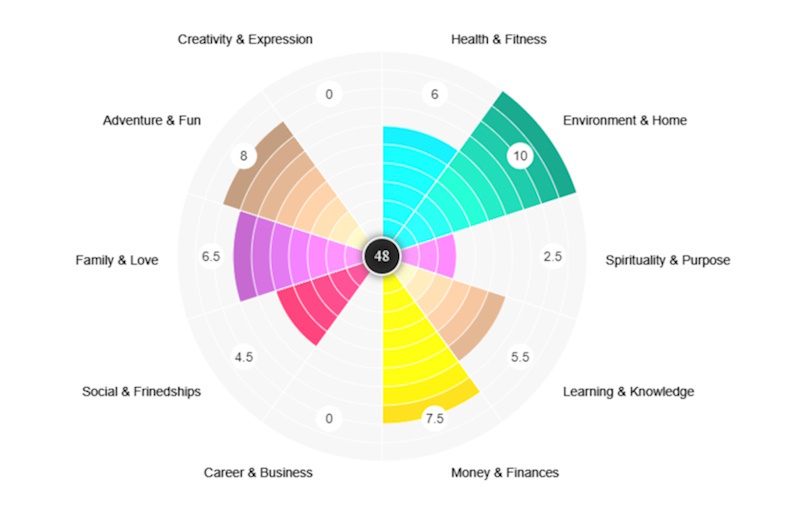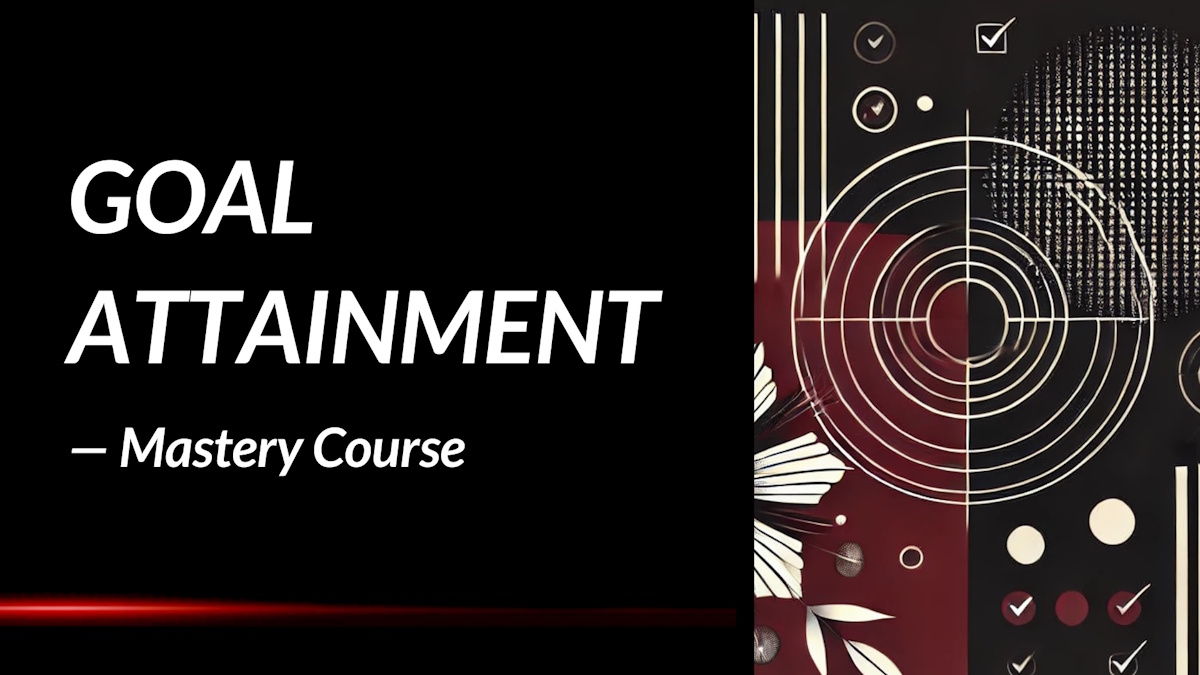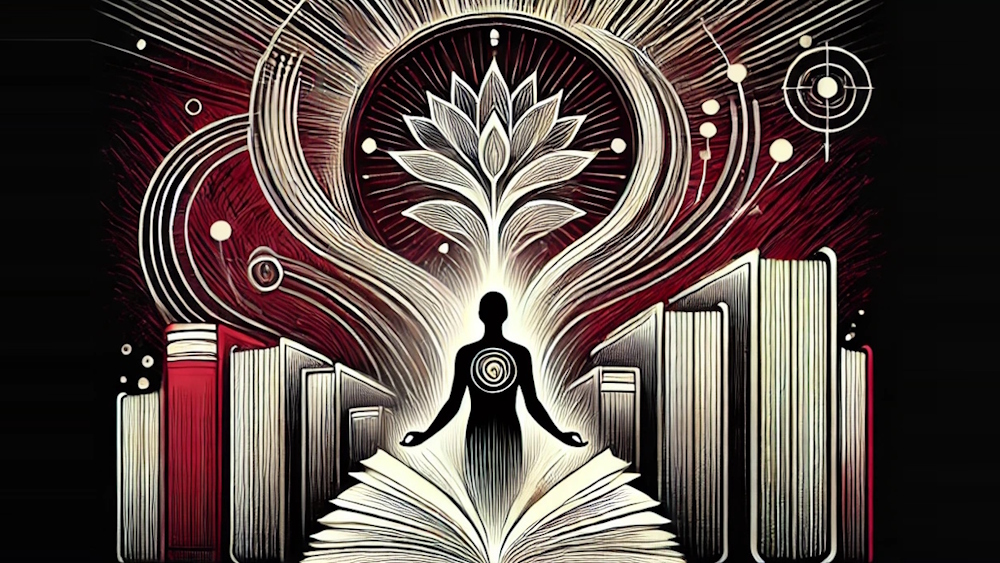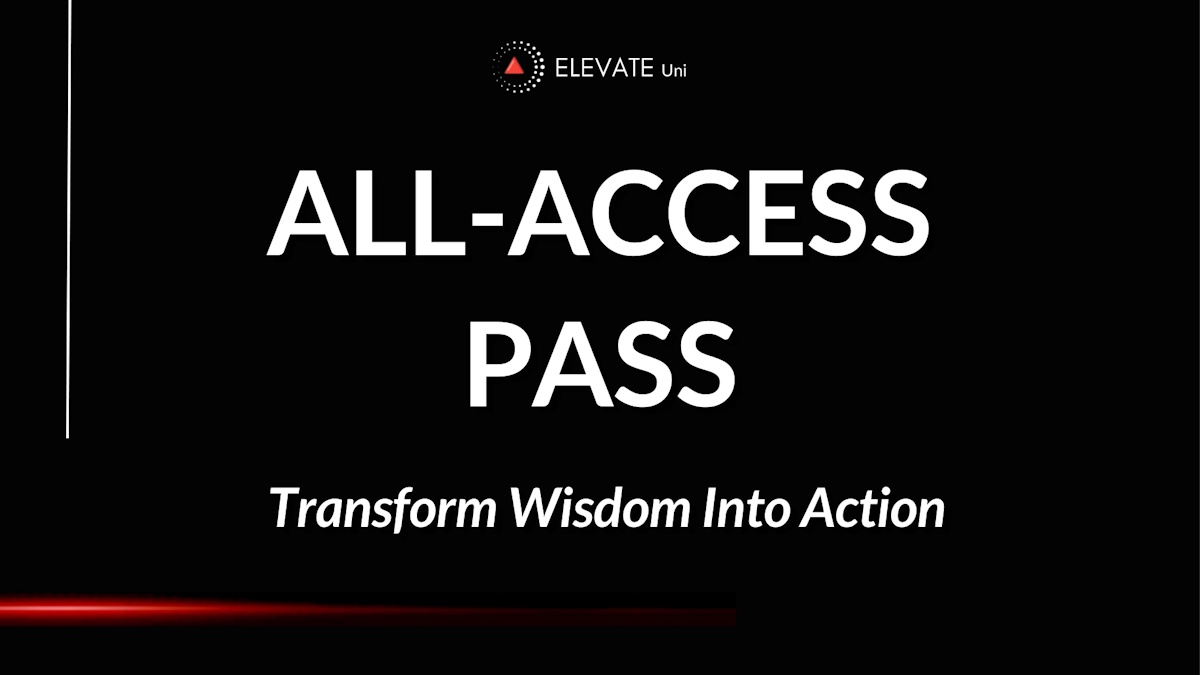Butterfly Killer, How to Identify and Manage a Narcissist:
What if the people who seem the most charming and magnetic at first are the ones who can cause the deepest emotional wounds? In Butterfly Killer, How to Identify and Manage a Narcissist, Candise Leininger offers a vital guide to understanding, navigating, and healing from the often invisible wounds left by narcissistic personalities.
What is the Book About?
Butterfly Killer is an eye-opening manual for anyone struggling with the confusion and emotional pain caused by a narcissistic individual. Using her experience as a trauma-focused therapist, Candise Leininger breaks down the deceptive tactics narcissists use to manipulate, control, and harm those around them. The book doesn’t just help readers spot the subtle signs of narcissism; it arms them with effective strategies for protecting themselves, reclaiming their mental health, and setting crucial boundaries. Through deeply empathetic and practical advice, Leininger invites readers to untangle themselves from the web of narcissistic abuse and reclaim their personal power.
The book also speaks directly to mental health professionals, particularly those practicing EMDR therapy, offering specialized insights on how to help clients who have suffered narcissistic trauma. Packed with healing strategies, empowering affirmations, and actionable techniques, Butterfly Killer becomes not just a survival guide, but a path to true emotional recovery. It turns a painful experience into a journey toward greater self-awareness, resilience, and inner peace.
Book Details
Print length: 192 pages
Language: English
Publication date: April 04, 2023
Genre: Self-help, Mental Health
Book Author
Core Theme
At its heart, Butterfly Killer delivers a clear and urgent message: narcissistic abuse is real, insidious, and deeply damaging—but it is possible to heal. The book explores how narcissists lure their victims through manipulation and false charm, only to systematically strip away their confidence, identity, and emotional stability. Leininger doesn't just point fingers; she reveals the subtle dynamics that keep victims trapped, offering them both the knowledge and tools needed to break free.
Another key theme centers around the healing process itself. Leininger emphasizes the importance of recognizing the trauma, validating one’s emotional pain, and taking proactive steps toward recovery. The book stresses that healing is neither quick nor easy, but it is entirely achievable. Through practical advice tailored for both individuals and therapists, it shows that surviving narcissistic abuse is not just about escaping—it’s about rebuilding a stronger, wiser version of oneself.
Main Lessons
A few impactful summary lessons from Butterfly Killer, How to Identify and Manage a Narcissist:
1. Knowing Yourself Creates True Inner Power
One of the most vital lessons from Butterfly Killer is the absolute necessity of truly knowing who you are. The book emphasizes that self-awareness is not just a vague concept but a living, breathing foundation for how you navigate the world. When you understand your values, your limits, and your desires, you are able to live unapologetically and establish healthy, maintainable boundaries. Without this grounded self-knowledge, you are far more susceptible to the influence of toxic personalities, especially narcissists who thrive on confusion and emotional disarray. The power to resist manipulation comes from an unwavering sense of self, and this book shines a bright, compassionate light on the importance of reclaiming it.
2. Establishing Boundaries is an Act of Survival
Another core idea in Butterfly Killer is that setting firm, sustainable boundaries is not just about self-care; it’s about survival when dealing with narcissists. The author paints a vivid picture of how boundaries act as a protective shield against the draining pull of toxic relationships. Without boundaries, it’s far too easy to get entangled in the endless, exhausting cycles of a narcissist’s demands and manipulations. This book reminds readers that saying no, walking away, and asserting personal space are not acts of cruelty—they are essential life-saving strategies for anyone recovering from the subtle and overt harms inflicted by narcissistic individuals.
3. Choosing the Right Therapist is Critical to Healing
The book underlines how crucial it is to carefully choose the right therapist when undergoing healing, especially through specialized therapies like EMDR. It stresses that not all therapists are created equal, and entrusting your mental health to someone requires discernment and self-trust. Readers are encouraged to "shop carefully" for a therapist, tuning into their intuition and ensuring that the therapeutic environment feels genuinely safe and empowering. Healing from narcissistic trauma demands an environment of true care, understanding, and professionalism, and this lesson serves as a potent reminder that your mind and your story deserve nothing less.
4. EMDR Therapy is a Powerful Tool for Recovery
Butterfly Killer strongly advocates for EMDR therapy as a profound pathway to healing from the wounds inflicted by narcissistic relationships. Through the lens of the author’s expertise, EMDR is presented not merely as another therapeutic option, but as a uniquely effective way to process deep emotional scars and untangle oneself from the lasting effects of narcissistic abuse. Readers learn that while traditional therapy can be helpful, EMDR reaches into the core of traumatic memories and allows genuine, transformative healing to occur, particularly when administered in a supportive and safe environment.
5. Trusting Your Intuition Leads to Freedom
One deeply resonant thread in the book is the emphasis on learning to trust your own intuition again after narcissistic entanglement. Narcissists often train their victims to distrust their own inner voice, creating a profound sense of confusion and helplessness. Butterfly Killer serves as a loving yet firm guide back to that internal compass, encouraging readers to listen closely to their instincts, honor their gut feelings, and make decisions based on inner wisdom rather than external pressure. Rebuilding trust in oneself becomes an essential liberation, a key step on the journey to reclaiming a life of clarity, peace, and authentic empowerment.
6. Healing is a Personal and Nonlinear Journey
A recurring theme throughout Butterfly Killer is the understanding that healing is not a straight road but a deeply personal and often nonlinear journey. Some days bring clarity and hope; others may be heavy with old wounds resurfacing. The book doesn’t sugarcoat the work it takes to heal but also refuses to allow readers to wallow in despair. Instead, it validates the messy, courageous process of recovery, making it clear that setbacks are not failures but part of the transformation. Readers are reminded to be patient and gentle with themselves as they build new, healthier realities.
7. Narcissists Come in Varying Degrees of Toxicity
The book cleverly points out that not all narcissists are the same, and understanding this spectrum is key to managing relationships effectively. Some narcissists are mildly annoying, like persistent gnats, while others are deeply toxic and dangerous to mental health. Recognizing these distinctions allows readers to better strategize their interactions, either by creating stricter boundaries, distancing themselves emotionally, or cutting ties altogether. Rather than lumping all narcissists into one category, Butterfly Killer teaches that discernment is critical for survival and that not every situation calls for the same response.
8. Validation and Clarity Are Powerful Antidotes to Narcissistic Abuse
One of the most empowering takeaways from Butterfly Killer is the immense power of validation and clarity in healing from narcissistic abuse. Survivors often spend years trapped in foggy, self-doubting narratives spun by their abusers. This book acts like a beacon, offering no-nonsense validation that what survivors experienced was real, wrong, and damaging. Clarity cuts through the confusion that narcissists weave, helping individuals to regain their confidence, find their footing, and chart a clear, hopeful path forward. Healing, it teaches, often begins the moment you stop doubting your own reality.
9. Recovery Requires Active Steps Toward Empowerment
Finally, Butterfly Killer drives home the reality that recovery is not passive—it requires deliberate, courageous steps toward empowerment. Escaping or managing relationships with narcissists demands more than insight; it demands action. Whether it’s seeking therapy, setting firmer boundaries, or trusting one’s intuition, every movement toward reclaiming autonomy is a powerful rebellion against the narrative of victimhood that narcissists try to impose. This book leaves readers not just with knowledge, but with a deep-seated sense of agency—the understanding that they have the power to rebuild, redefine, and reclaim their lives on their own terms.
Key Takeaways
Key summary takeaways from the book:
- Narcissists often hide behind a facade of charm and generosity, making early detection crucial for emotional safety.
- Recognizing manipulation tactics such as gaslighting, love-bombing, and blame-shifting is key to protecting oneself.
- Healing from narcissistic abuse requires intentional boundary setting, self-compassion, and, in many cases, professional therapy support.
- EMDR therapy can be particularly effective in addressing and reprocessing the emotional damage caused by narcissistic trauma.
- Empowerment comes not just from surviving narcissistic abuse, but from using the experience as a catalyst for deeper self-awareness and personal growth.
Book Strengths
One of the greatest strengths of Butterfly Killer is its combination of clinical expertise and empathetic storytelling, which makes complex psychological concepts easy to understand and apply. Readers consistently praise the book for offering not just theory, but actionable strategies that feel both realistic and compassionate. Its direct, no-frills approach empowers readers without overwhelming them, making the healing journey feel less intimidating and more accessible.
Who This Book Is For
This book is perfect for individuals who have been entangled with narcissistic personalities—whether in romantic relationships, family dynamics, friendships, or workplace environments. It’s also a crucial resource for therapists, counselors, and coaches seeking to better support clients who have experienced narcissistic abuse. Anyone looking for clarity, validation, and actionable healing strategies will find immense value in these pages.
Why Should You Read This Book?
If you have ever found yourself doubting your reality, questioning your worth, or feeling emotionally exhausted after dealing with a toxic relationship, Butterfly Killer offers a lifeline. It’s more than just a self-help book—it’s a guide to recognizing manipulation, reclaiming your mental health, and rediscovering your true self. Both survivors and healers will find tools, wisdom, and hope carefully woven throughout its chapters.
Concluding Thoughts.
Butterfly Killer stands as a deeply compassionate yet fiercely empowering resource for anyone who has endured the invisible scars of narcissistic abuse. Candise Leininger doesn't just offer theories; she walks alongside the reader, providing insights that feel personal, affirming, and healing. Her work reminds readers that while narcissistic trauma may break parts of us, it can also lead to an extraordinary journey of rebuilding something stronger and more beautiful than before.
For anyone ready to take the next step toward understanding, healing, and protecting their emotional wellbeing, this book offers both the roadmap and the encouragement needed to move forward.
→ Get the book on Amazon or discover more via the author's website or social channels.
* The publisher and editor of this summary review made every effort to maintain information accuracy, including any published quotes, lessons, takeaways, or summary notes.
Chief Editor
 Tal Gur is an author, founder, and impact-driven entrepreneur at heart. After trading his daily grind for a life of his own daring design, he spent a decade pursuing 100 major life goals around the globe. His journey and most recent book, The Art of Fully Living, has led him to found Elevate Society.
Tal Gur is an author, founder, and impact-driven entrepreneur at heart. After trading his daily grind for a life of his own daring design, he spent a decade pursuing 100 major life goals around the globe. His journey and most recent book, The Art of Fully Living, has led him to found Elevate Society.


